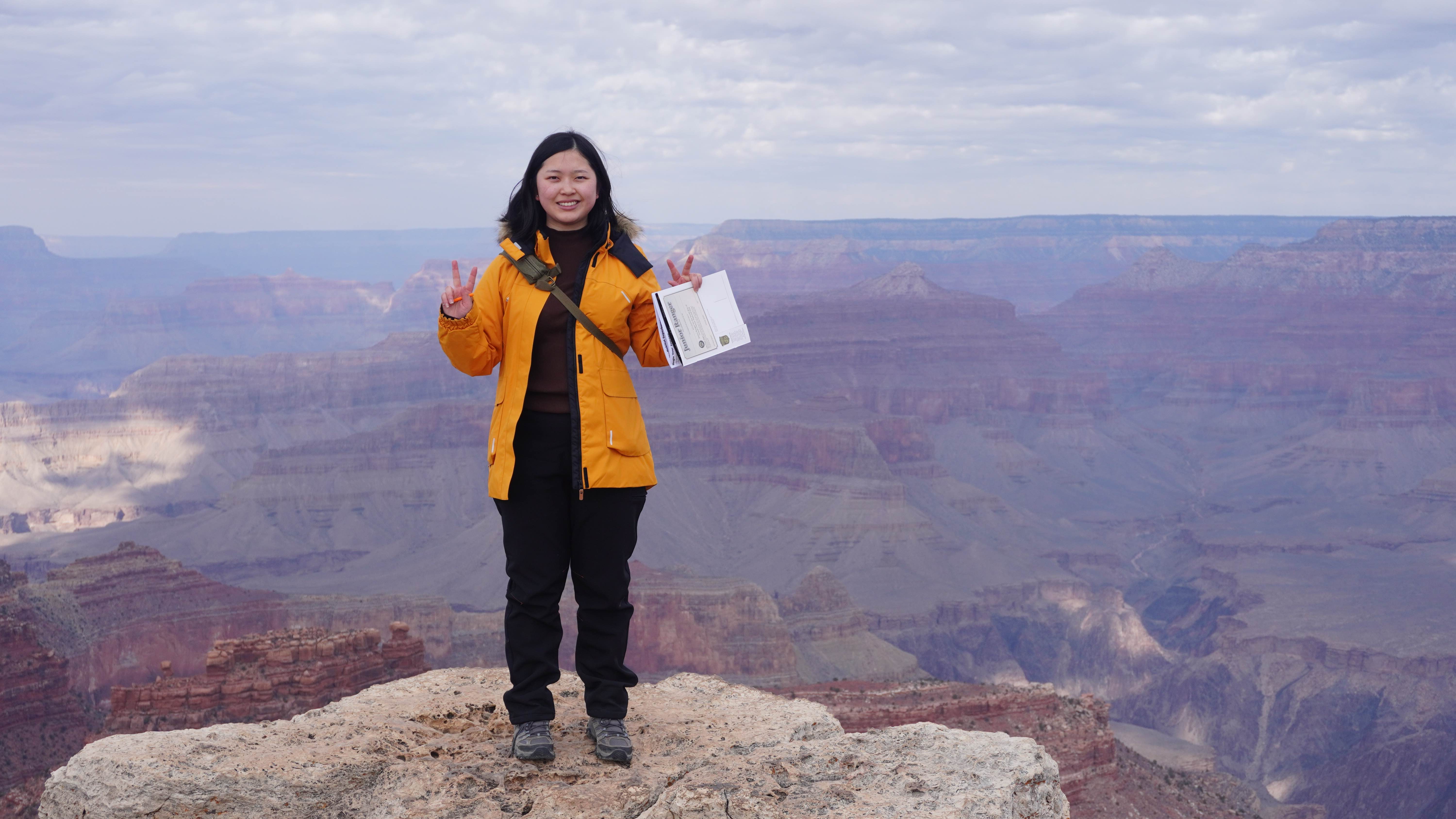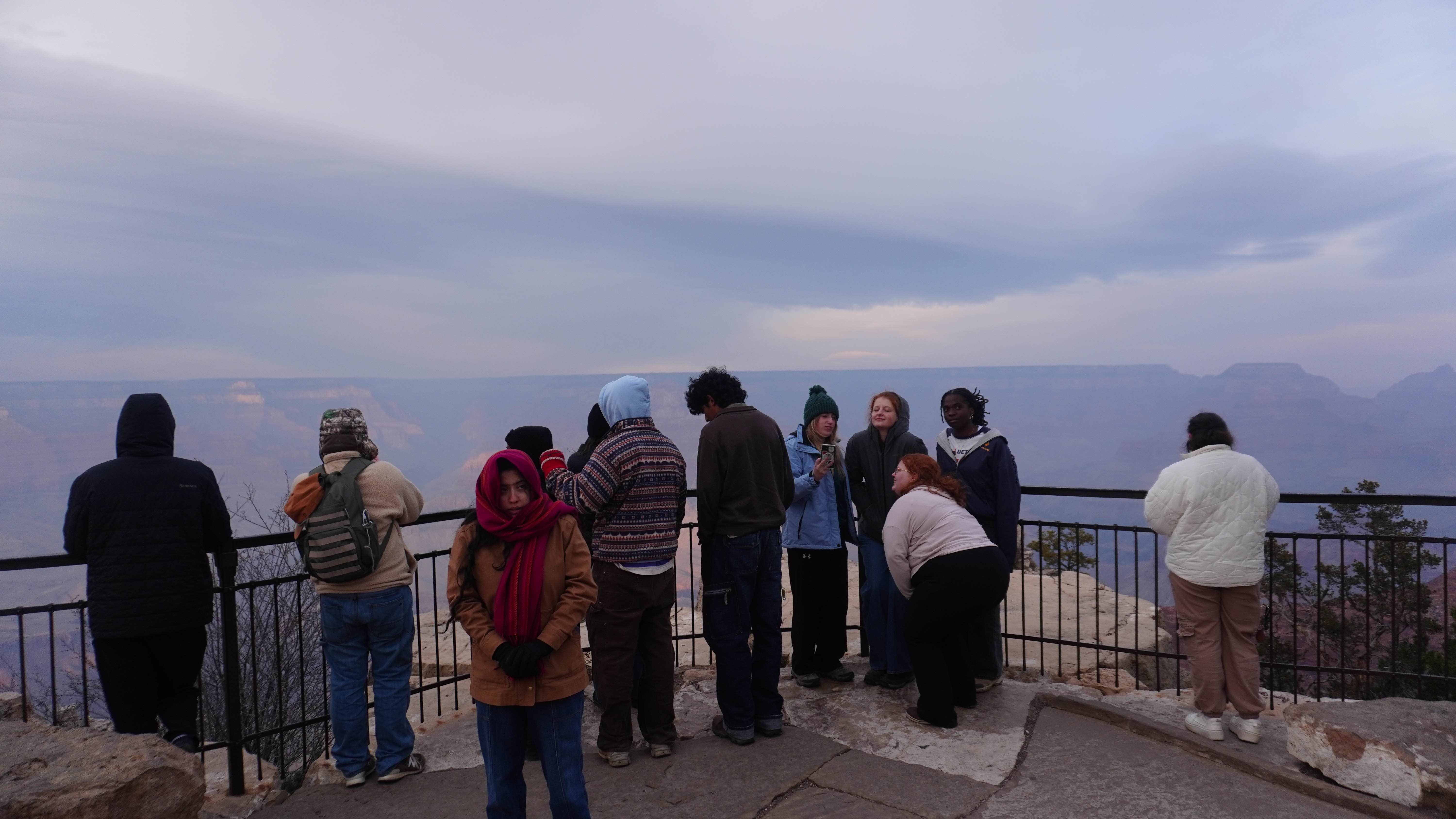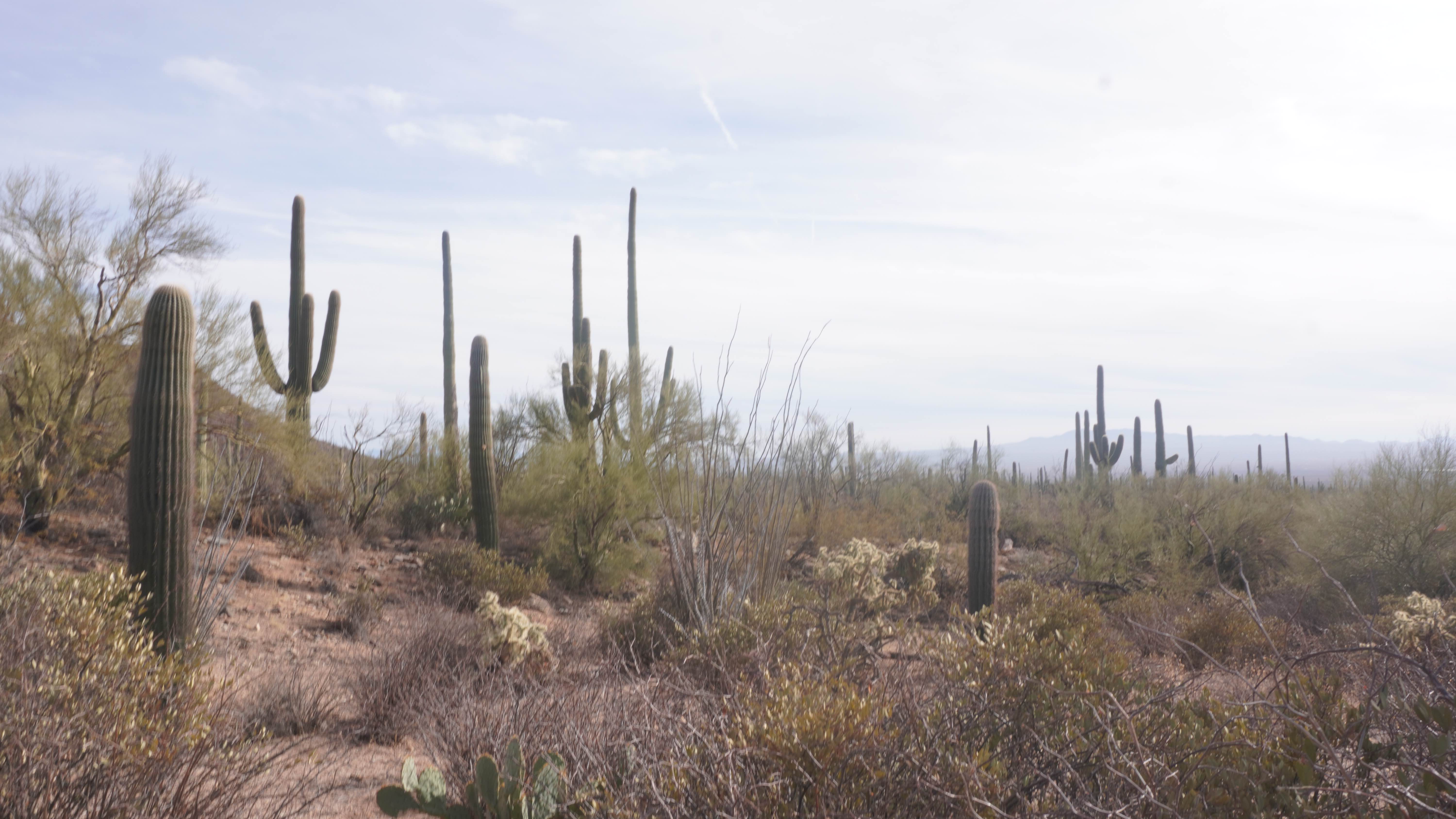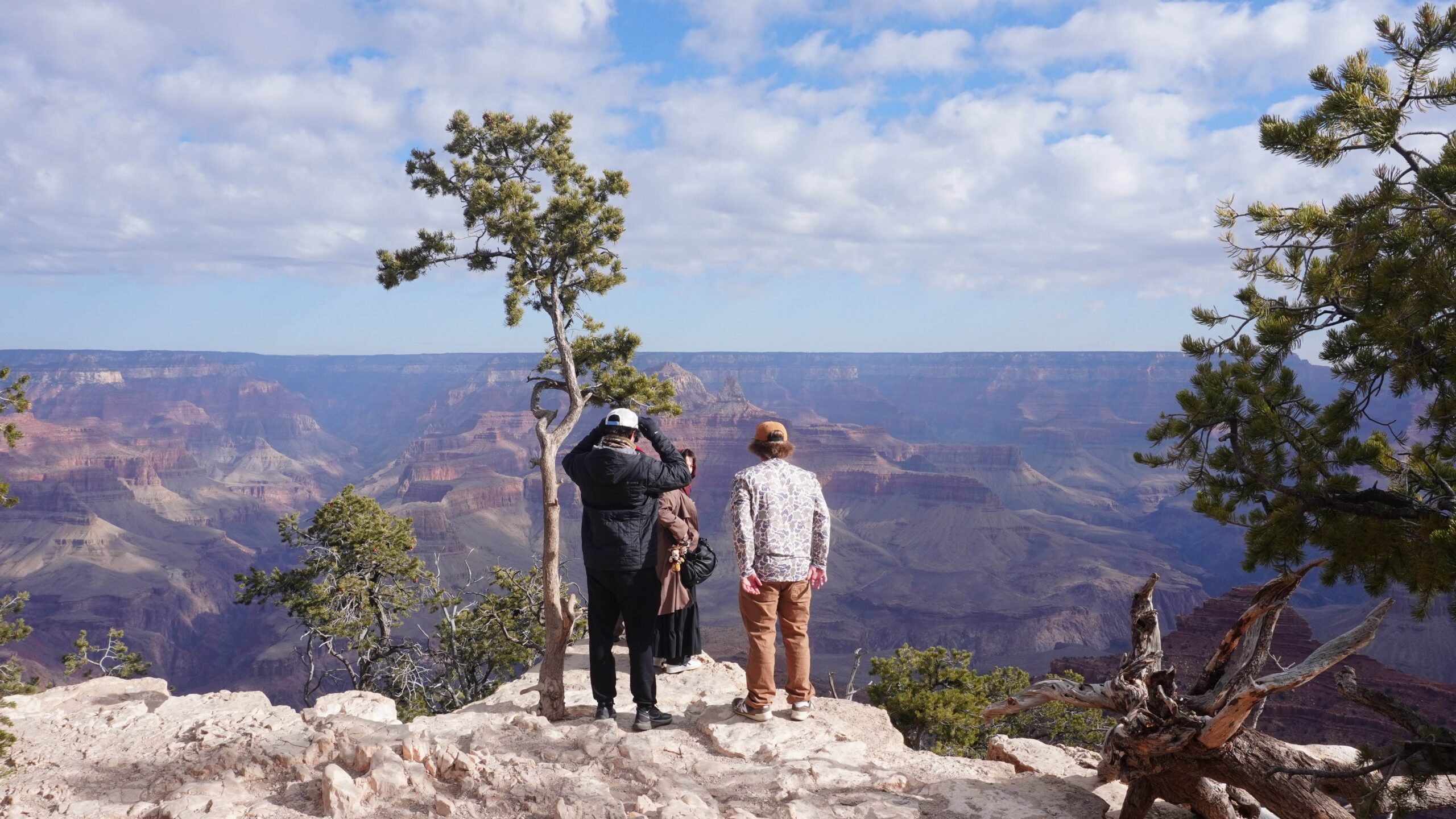
By Teresa Fang, Stentorian Editor-in-Chief
I rarely plan my trips, and I always leave some space in my suitcase. Lack of prior knowledge and lightness are the two patron saints of a good journey, in my opinion. As the saying goes, those who travel with a light load have the best adventures or something like that. “The wealthy travel light,” but in my case I’m wealthy in my immense lack of knowledge, as I looked at the itinerary for my JTerm to Arizona the night before the first flight.
Since emailing our trip sponsor, Dr. David Cantrell, my reasons for wanting to go on the To The West! JTerm trip in the spring of 2024, it’s come full circle; again a very wealthy bank of memories that reminds me why I like the movie Rango (2011) and the hardy terrain of a cacti-filled desert. In the week traveling from Southern Arizona to the North, I’ve learned so much about the landscapes, but even more about the world. Every museum and interaction with locals is a chance to absorb appreciation and wisdom, just like saguaro being physical forms of spiritual ancestors of the native tribal people.
Through that week in Arizona, here are a few things I’ve taken away, and that I continue to remind myself.

Appreciating little bits of happiness
On the first day, I got lost—mentally, at least. Waking up at 3 a.m. is not for the weak, and as I boarded the shuttle at the Phoenix airport, watching the barren, beige-coded hills felt so out of pace with my life in sheltered suburbia—the world of neat lawns and nice cars, where grass was the shade of emeralds and Sprite, where political posters sprinkled every intersection. Phoenix, Bisbee, Flagstaff, the Hopi reservation—each place, a stark contrast.
At the Hopi reservation, I kneeled in a millions-year-old bed of shells overlooking a huge limestone canyon. Our tour guide told us to express our thanks to the earth. I’m not religious or spiritual, but in that moment, I felt incredibly grateful. It’s amazing to think this Earth is the same Earth that everything I have seen in museums has also lived on and interacted with. It’s amazing to see exactly how the Hopi ancestors interpreted and interacted with this Earth (and the stars) on this land, especially through my own eyes. This firsthand experience has given me another perspective on what it means to live in the now—with appreciation and cautiousness of the past.

Perseverance takes many forms
Somewhere between tumbling over rocks at Picacho Peak and getting lost at the Arizona-Sonora Desert Museum, I realized something: nature keeps moving forward, with or without me. The saguaros at Saguaro National Park, towering and ancient, continue to stand tall. The indigenous stories and artifacts at the Heard Museum are preserved and shared, even as modern life moves on. In Bisbee, a town full of cowboys and artists, the people seemed frozen in a perpetual, quiet celebration of life, adapting the past into a present that felt both nostalgic and brand-new. Just ask Anisa Hasanaj ‘25 about the psychic lady who foretold her “strong bloodline.”
And in my own way, I was moving forward, too. At Montezuma Castle, I stared up at the five-story cliff dwelling built by the Sinagua people. It sat in the cliff above me, precarious yet permanent. What was the point of living in the cliffs? The structure, facing south, provided warmth in the winter and coolness in the summer. The elevation protected people from annual flooding. But I realized maybe I didn’t need to focus on why things just are—but instead on the lifestyle they created for the people living there.

Stop looking for “the point” all the time
On day five, we visited the Museum of Northern Arizona. The tour guide was passionate but had a voice that could put even the most enthusiastic historian to sleep. The poet who wrote us custom pieces delivered one that was painfully generic, even though I had specifically asked for something about the evolution of forgetfulness and acceptance. But maybe that was the point—sometimes, the journey matters more than the conclusion.
At the Grand Canyon, I took the Junior Ranger oath. “Don’t feed the squirrels” was the only part I really remembered, but in a way, that summed it all up. Maybe the awe of the canyon, vast and unchanging, wasn’t meant to provide some grand revelation. Maybe I didn’t need to extract meaning from everything—I could just let it be.

Things go on
Through writing this, I may have admitted publicly that I eat a lot (big backing had to be an obligation before it became a choice, alright). But my greatest discovery of the trip wasn’t an ancient artifact or a philosophical truth—it was Hopi Hot Beef. Fry bread, beef, a dish so good that it earned my eternal love and gratitude. Thank you, Hopi Nation. Thank you, Navajo Nation. Thank you, Arizona. And most of all, thank you Dr. Cantrell, Mr. Chris Thomas, Ms. Michelle Brenner, NCSSM Foundation, and sponsors for letting me go on such an adventure.
Things go on. My Arizona J-Term has ended, but its memories continue etched into my notes, my mind, and now, here. And I will continue, too, maybe with a slightly fuller stomach, a slightly fuller suitcase, and a wealth of stories that don’t always need a point.

Leave a Reply